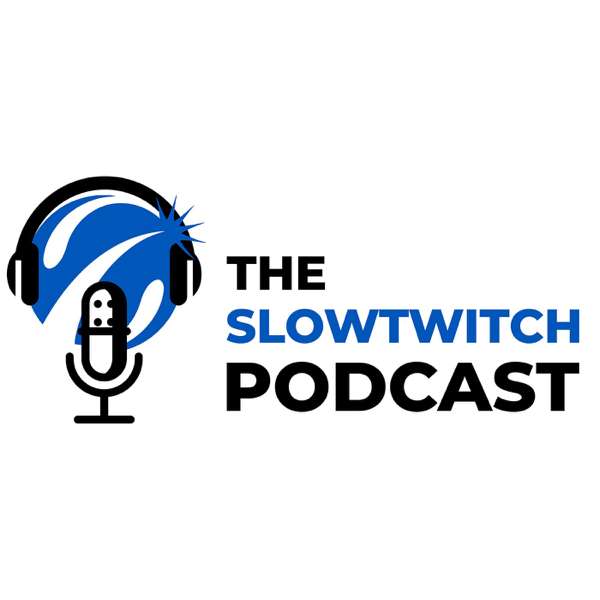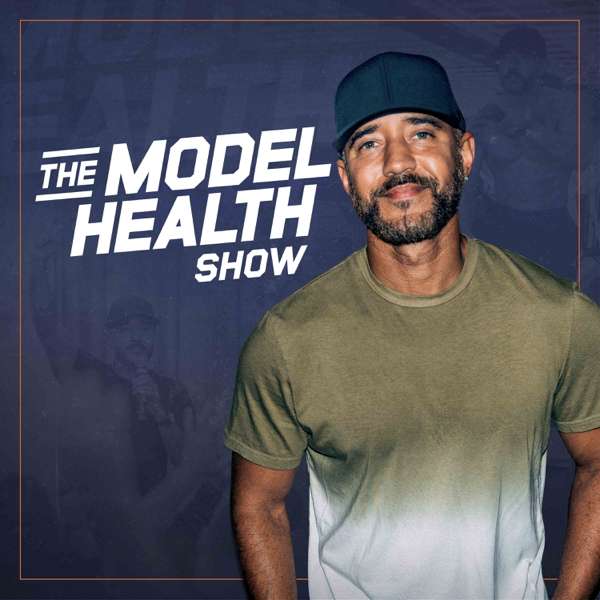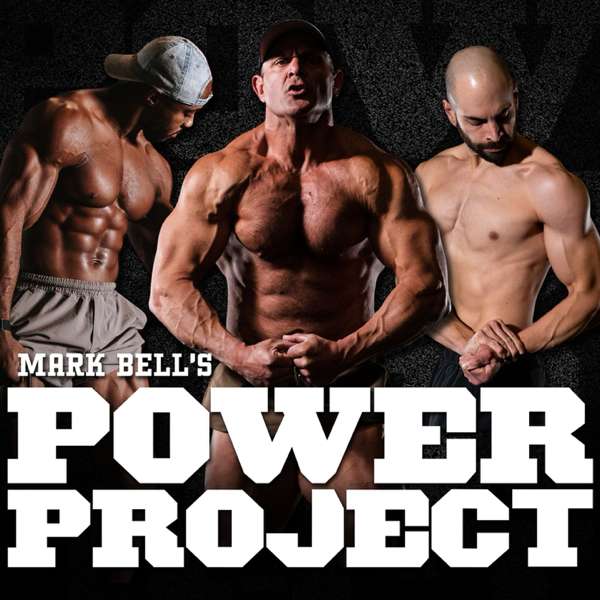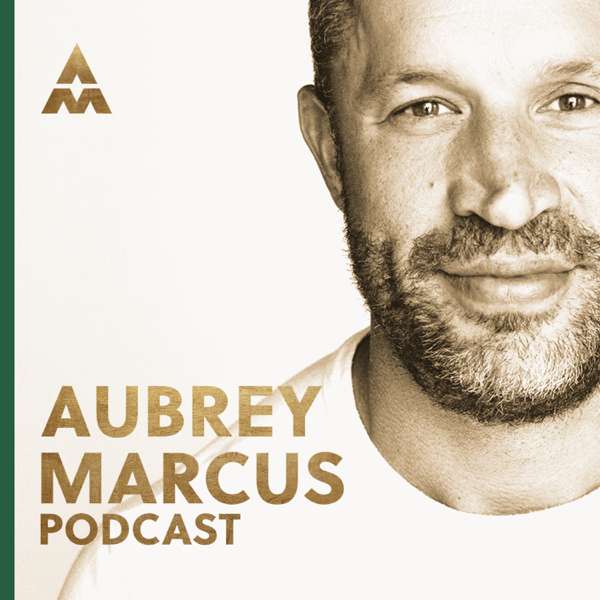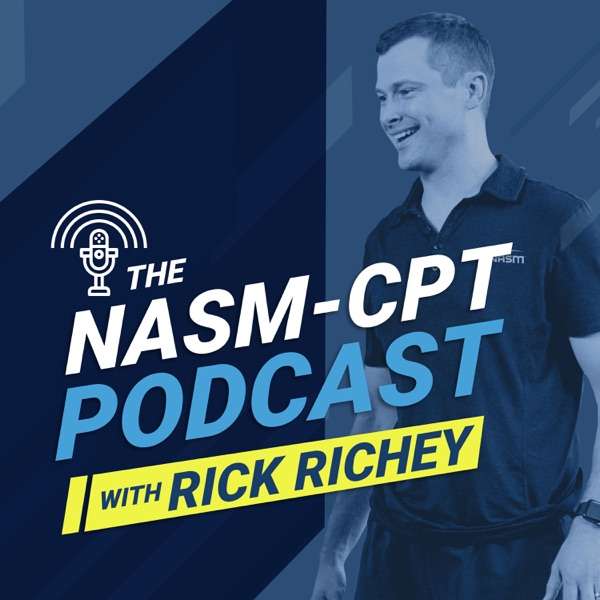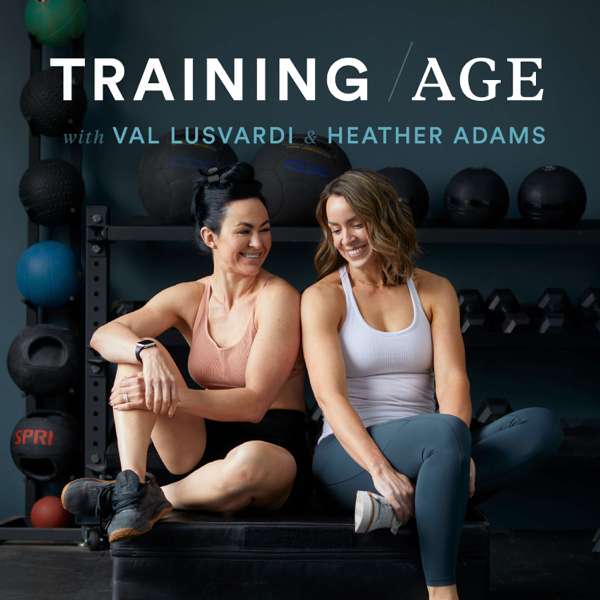There’s science to why self-sabotage happens. And if there’s science to it, there’s support for seeing it coming. This episode touches on something so very important at any time in your life and on many levels. If you’re 8 months into a pandemic and you’re also finding resistance to exercise or healthy habits, my hope is that this is particularly timely now and whenever you may be listening to it.
Why Self-Sabotage
0:04 Why would you ever sabotage yourself, you've been wanting to lose weight, to be more active. To get more energy to feel healthier to consistently exercise or eat well. And yet, you keep throwing yourself under the bus.
0:27
I'm Debra Atkinson you're listening to flipping 50, where I address your top concerns and struggles and I share what to eat, how to move and how to change your mindset, and that's what this episode is all about, so that you can have the energy and the vitality that you want need and deserve. In this second, and better half. Before we dive into this topic that might feel just a little bit heavy.
Okay, let's dive in to this topic. And this can be a frustrating topic so really I'm talking self sabotage.
You're Not Alone
2:31 But I'll tell you how popular This is, if you've done this before and who hasn't. Who among us rhetorical question I get it, if you're walking or lifting you don't have to raise your hand.
But who hasn't started a program and stopped a program for no other reason other than they did not because of a hurricane or a snowstorm or a car accident or an injury or an illness, just because if that happened to you, it's happened to most of us, and I'll tell you the theory behind it that most often strikes my students, my clients and myself. So as a student, years ago, who decided to go back to grad school.
3:24
What I found is, I didn't want to be in the lab and just the lab rat continuing on with exercise physiology studies that I'd had in my undergrad years, but I wanted to play a little bit more above the shoulders.
A Major in Mindset
So I went in to exercise and sport, psychology, it really matters if we're going to change behaviors that we've had whether that's for five days five years or 50 years, we've got to be able to get between the ears, and figure out how do I change habits that even though that are not working for me and I have all the evidence that that is true. I will resist because change is one of the hardest things that we do, we are, as my parents used to say creatures of habit.
4:17
What I'm talking about today, in terms of self sabotage is a topic that I've talked about for decades, with my private clients. And for the last five years, I've talked about this with women in a course called at the time, the 28 day kickstart. So if you've ever taken that course and I know many of you are listening and have it now lives, specially and exclusively only inside of the clipping 50 membership area.
4:51
But it was called the 28 day kickstart and went through a series of changes fairly dramatically. In, you guessed it, 20 a day, the changes that I asked people to make during that time were so significant. And yes, in part, to get such significant results, it wasn't dramatic weight loss, although sometimes people experienced some significant weight loss and definitely changes of inches. But some of the other significant changes we're up to two hours improvement in sleep quantity. And imagine how that might make you feel a little bit more rested.
The Successful Expectations Secret
5:35 But on a fourth week of our coaching calls the last four. I was always sure to leave this message with them. We talked about self sabotage. And not just preparing for in case it came up but expecting that it would come up. And I'm going to give you a term called upper limiting.
6:01
We tend to have an upper limit of happiness. And it's the place where once we start to have things go to Well, it's going too good, too good to be true. The we literally expect the other shoe to drop with think this can't possibly be happening to me. Even though you may wake up in the morning and pinch yourself. This is just too much, you can't handle it. And truly, there's a piece of us, that can't. It's as if your head is bumping into the glass ceiling.
6:42
That's your glass ceiling and you're comfortable with that much happiness, but when you start going above that. It's like, I know this won't last. and you literally start looking around for ways to self sabotage yourself. Let me show you how this shows up, because it shows up in a lot of ways there are a lot of different theories for it. And during the course I would always give four different theories, so I'm not going to go into all of those today but I will share several of them.
Comfort Levels Suggest the Why Self-Sabotage
So, we tend to think that this could never happen to me that you know whatever good thing it is that you want it, we think, well, that could never happen to me because and fill in the blank, you've got it, because I'm so busy because I have a job because I work, because I'm the owner, because I'm a business owner because I have a high stress job, by the way are you telling yourself you have a high stress job. The only person who believes that is making that true is you. You just think of it in a high stress away.
7:51
I believe truly that no matter where you are, you can look around and find two people with the same exact job. Some with even more responsibilities more employees more payroll more taxes more everything. And they're coping, better than some of us with less obligations fewer taxes fewer employees to worry about. It is the way that you think about it, and what you expect and what you put on yourself, as far as pressure that changes the way you read act. Its attitude.
Recognizing Your Comfort Zone
And I don't mean that you have a good attitude or a bad attitude, but it is what you expect so imagine this if you expected, things were going to happen when you run an online business you expect that within a certain period of time.
Technology is going to have a glitch. Something will update, and because something updates, and you're using a lot of different tools, often that update doesn't play well with the other tools on your website. Is that your fault. No.
Do your customers think that's your fault. Sometimes, and the bandwidth that anyone has whether it is your customers looking from the outside in, or it's on your side and the expectations about what should or shouldn't go perfectly will increase the amount of pressure and the amount of self sabotage that you do your expectation about those stressors. If you see them coming.
Living with an Imperfect Path
9:40 It's not nearly so bad. So what I want to point out to you is, you can expect to be good at something that you've never done before. And you've never been in this moment in time in your life before, and you can say that again tomorrow and the day after tomorrow and the day after that. So we no way I just gave you a get out of jail card.
10:04
In order not to be perfect, because so many of us refuse to start something, because we are afraid of failing, something we had it happen to us before we've done it to ourselves before we've started something and failed, or didn't go quite as well as we wanted it to. But the truth is, and you know this as well as I do because imagine you right now are giving advice to a child, your child. No one quits, or no one loses unless they quit.
10:41
No one loses. No one fails, unless they quit.
So many inventors, that aren't too numerous to even mention.
We know created hundreds, if not thousands, of trials and failed before they ever invented the light bulb electricity.
You're Going to Fail If You Do Hard Things
11:07 And we know that to be true from history. But do we know, do we remember the failures No. But what we remember, is the time it became successful. And so too will you when you stick with it.
11:23
When this isn't a temporary diet but it's a lifestyle change when it isn't exercise that you're doing for weight loss or punishment or to prepare so that you can drink or eat more on the weekend, but it's a lifestyle that you do because it makes you feel better, doing it. When you turn it, and flip it like that.
You suddenly then begin to eat better prioritize your sleep so that the exercise feels even better. And you can fit it in because you know how important it is to your mindset, your energy level. The way you interact with others.
Where to Start to End Differently
Those things, all are important to factor in. But I want to come back to this idea of upper limiting, you have a ceiling right now. And we are comfortable, thinking about ourselves in the way we've always thought about ourselves. Again, I'm going to repeat, when you think I have a high stress job.
12:27
You will have a high stress job. If you think I have a job I love, I'm a business owner, I love the freedom of having a business. I travel a lot for my business and that sometimes can be stressful. That is a very different language than saying, I have a very stressful job.
12:49
So, why on earth would you ever go into business in order to have a high stress job, that wasn't what you imagined for yourself. Was it your language is everything. You are coaching yourself with the way you talk, whether it's out loud or just in your head, you're creating your own reality.
Why Self-Sabotage Requires Self-Coaching
13:11 The truth is we know from placebo research that whatever it is that you think strongly enough and tie in emotion to it.
13:22
You will have created your body's reality. If you sell yourself on the goods that you are destined to be fat or chubby or have belly fat and that you just can't do this, you will be right. You will be signaling every single cell in your body that that is the truth.
13:45
So coming back full circle.
The whole theory of opera limiting leads back to these universal truths. Number one, we all think that we're flawed. Each of us. We think that will okay that worked for you but that probably won't work for me because fill in the blank. I have a job I work, we think, well, so that program worked but it probably won't work for me specifically. It's not that so and so as a lucky person it's not even that the program won't work it's that you are uniquely special and a failure and destined to be right.
So how silly and ridiculous does it sound when I say it like that but our internal messaging, often goes down that road. Not a good one.
What's the Best Thing That Could Happen
14:42 We also tend to lean toward, What's the worst that will happen right like what's the worst thing that will happen, in fact, is the question that's often asked. I'm going to flip that for you and suggest to you that that is not a question that actually gets you out of thinking about the worst that will ever happen. You have to actually flip it so you're asking what's the best thing that could happen.
15:09
Not what's the worst, because we don't actually want to imagine that we want to be focused on what's the best thing that could happen, because it doesn't just get to, you know, what's the worst thing that could happen if you shoot for the moon you land in the stars kind of thing.
15:26
That actually doesn't quite apply, because if we're talking about, well, if I were to train for an Iron Man, or train for a triathlon Let's be a little more conservative.
15:39
The worst that could happen is I might get hit by a car while I was riding my bicycle. And then, that's all you can imagine, and while you go out on your bicycle that's all you can imagine and then you are very likely not a very safe bike rider, because you're so distracted. But if you imagine what's the best thing that could happen.
Check In
You would be outdoors, you get a mental break, you would be focused on the movement and the fun, and the race, and not on weight loss in the scale and the results in numbers, but on loving the moment, and this new challenge.
16:20
Big difference in the way you approach your exercise, right.
So asking, what's the worst that can happen deserves and demands that you ask the opposite. What's the best thing possible that could happen, and go for that.
16:40
I want to list a few of the other obstacles that you'll put in the way so that you can avoid failure.
And those are the I'm too busy. And I'm overwhelmed. So when you think I'm overwhelmed and I'm gonna bring this back actually, to really hit home for some of our flipping 50 members who are maybe looking at all of the options because we have archives from nearly five years of the flipping 50 membership. Meaning, there are volumes of research, hidden in masterclasses, and in challenges, and in programs.
Making Decisions is a Skill
17:22 Do you need to use a challenge every single month. Absolutely not. Are they there if you want. Absolutely, they are. But when you say, I'm overwhelmed. And you have easy start here, options to watch to follow and step by step go through. And yet, instead of making a decision, you use, I'm overwhelmed and this could be anywhere in your life could be looking around the room. I'm in my kitchen, dining room area right now. There are so many things on my counter that if I were to clean. First I would have to declutter.
18:09
I don't even know where to start. The overwhelm is pretty great looking around this room in fact I'm getting a little anxiety while I'm recording this.
18:18
But if I simply stop there and say I don't even know where to start. I'm just literally overwhelmed. Then I won't, and three weeks from now, it will look pretty much the same or worse, because there will be more mail, there will have been more things coming at me more papers more piles right here right beside me.
Know Where to Start
18:44 But if instead of saying, I'm overwhelmed, which protects me from getting started, and from failing and not doing it, as well as potentially I'd like to or someone else would do.
18:58
I don't have to risk failing and not doing it, 100%, because I never start, but you also don't get any reward whatsoever. and you stay stuck in your mind, and that causes a drain of energy and time because you're still focused on it and it's weight that you're carrying around, or if you start saying, well, I can't do that because, and I would catch some of you in this as well. So right now, at any one given moment.
No matter how old you are, if you're flipping 50, you probably have something going on. Everything isn't perfect. Right now maybe your ankle your knee or hip, your shoulder your elbow your wrist, your lower back, your neck, something is a little touchy.
And something needs a little TLC or modification, as far as your exercise goes. Maybe it's that it's something fairly big, maybe it's big as it's your knee joint would limit you in getting up and getting down from the floor, limit you in doing squats and lunges for those lower body muscles that are so helpful for boosting metabolism.
Limiters Don't Remove the Fact You're Limitless
But if you stay there and stuck in I can because you're forgetting that, that is but one joint in a human body, full of so many others, then you've eliminated one or two exercises, and yet there's probably half a dozen that you can do. You're simply focused on what you can't we do an If This Then That not only performance but for joints.
So the way I code is that if you're using a video for instance where there are squats and lunges included and that's not an exercise that you can do. What we do is come up with a key so that if there are squats being shown you're doing something else or a similar muscle group. And if likewise lunges come up, you are doing a different exercise for the same muscle group, so that you can still reap the rewards and the benefits.
It's not a stop and rest and go get a drink and take a bathroom break, it's a. OK, I can exercise something else. You still have an upper body you still have a core, you can focus more on that you can flip some of your time and attention and energy to working on your nutrition and food prep.
Self-sabotage Attempts are Inevitable
21:38 And that's true when you have an injury. So your foot is in a boot, which often can happen in winter months or a fall down the steps or Bunyan surgery, you can focus on other things, and still be equally moving as quickly toward your health goals. As if you could do all the other things. Don't let one small limiter limit your entire progress.
22:11
Coming back again to drive this home.
If you don't try you can't fail. So certainly getting in your own way by saying I'm just too busy, now's not a good time. We're building a house.
22:26
I'm running the business.
But all of the things that you might say are the reasons that you can or the excuses that you can are very like they reasons that you can and you should. You're the boss. You have to have energy. You're the boss, you have to be strong have a strong immune system you better be demonstrating what you need your employees to be doing so that they're creative and productive, and that includes exercise.
Excuses are Reasons
This is 2020, and we know from research that's now 40 years old, that creativity productivity focus concentration problem solving all benefit from movement during the work day. So you better figure this out. If you want a creative, a creative problem solving, team.
23:16
So we get really comfortable, thinking about ourselves in the way that we've always thought about ourselves.
23:23
Here's how that shows that when you say these words. Well, what used to work for me what really works for me, what worked for me in the past, what I'd like to do again because this did work.
23:37
And I'm going to caution you if you've said anything close to any of those that it didn't really work or you wouldn't be needing to try it again. If it didn't stick, it didn't work. It was a box. It was a place you got into, and it had an exit ramp to get off. What you're looking for is tiny habits that you build, and a reframe the way you're thinking about things. It's not a diet. It's not calories.
The Thing You Think is Stopping You Isn't Actually the Thing
24:09 It's a lifestyle, and it's what the food you eat is doing to your hormones, right so reframing some of the old ideas you have about fitness and nutrition and about the lack of priority that we placed on potentially sleep or knowing how to deal with stress. Stress is a buzzword we've been talking about it for at least a decade. And it's heightened awareness for us all. In terms of disease. But what do we really do about it. What do we really know about decreasing our stress level.
24:47
Because it's not just our emotions, it's not just whether it's smooth sailing with the house. And when the dog, and with the partner or the spouse, or the family members.
25:01
It's also, how many toxins are you exposed to. Now, and how many have you been exposed to in your life. What's the cumulative effect of those are you detoxing helping yourself get rid of them whether you to love a sunlight and sauna, and you use that and go to that kind of extreme, which really isn't an extreme anymore in 2020.
Upgrading Your Personal Value
We really all need it, and can benefit from it. But maybe it's buying better products, not buying Matcha off the shelf in your grocery store or buying the cheapest one that you can find on Amazon. But buying the one I love. you'll find it flipping fifty.com/resources from peak T, because it's quadruple screened for heavy metals and for toxins and mold.
25:59
It's doing all of those little things that matter what you've really got to take a look at is not going back to something that worked temporarily, thinking that really worked for me, counting calories really works for me because it really doesn't work for anybody. We've got significant proof of that. And I know it's a comfort zone and you're very comfortable thinking about yourself in the way that you used to thinking about yourself. But there's no reason why you because you're 50, or because you're 60 or because you're 70 or 80 or 90 cannot change.
26:39
Is it harder when you've had habits for a very long time.
And will you resist. You'll resist the very people who are trying to help you most reshaping reframe because it's not comfortable.
Comfort Zone is Never Coming
26:55 And it never is. One of the things that mentors often say is, it's time to get comfortable getting uncomfortable. And that is one of the things that some of those business owners, those CEOs, with a lot of responsibility on their shoulders, especially in this year.
27:16
The difference between those that get stressed out, and those that simply have stressors come in and out of their lives regularly, that handle them is the way they handle their expectations about them.
They expect to see them coming. It's just like Monday, every week is going to follow Sunday. And you can say, I saw you coming. I knew it was getting close to time. So whether you fix those technical glitches in your website, which is probably one of the most challenging things that I personally have to deal with, because there is a certain level of control and an awful lot of lack of control.
Stuff Happens. Only Some of It's Truly Bad
When it comes to all things online with a business, and with technology. But what I can do is respond, as well as possible. And I can keep my cool, knowing that this is not a tragedy. The unfortunate thing about being able to handle stressors is most likely in your life, you've handled a major stressor.
28:28
Four years ago, a little over them. We had a young family member, killed tragically riding a bicycle, a dad, and a beloved husband. 35 years old, leaving a three six and nine year old for his wife to take care of his high school sweetheart. She didn't know anything else from 17 years old on.
28:56 When you watch that kind of a life fell apart. And you realize the significance of that so many other things become so less significant.
And this is not a tragedy. So when you can find your way through the middle of your life and realize that some of those most tragic and hardest experiences that you've had have actually helped you cope better with life and life changes.
Be Kind
Be more acceptable of others, knowing anybody walking down the street at any moment. isn't going through so much, and you have no, I do, especially probably the one thing I learned in that year is no one who saw me no one who saw us no one who saw us that were outside of our small circle knew what we were going through. But we knew. And we suddenly had a new awareness about what others might be going through that we don't know.
You know, you don't wear it on your sleeve you don't wear it on your shirt you don't wear it on your forehead, even though you feel like you do that when you go through something like that. And at this point in your life, you have something else to tap into.
You're Going to Mess Up: Accept It
You realize that life is also very short, and that if you're upper limiting that it's going to be uncomfortable for you to hit your head on that ceiling and to raise it to poke a hole through it. But that you can do it.
30:40
If you still feel called to do this thing to be more fit to be more 100% you then, now is the time.
Take a look at where you've self sabotage. In the past, and realize that you weren't just throwing yourself under the bus, that's a form of self protection. You're used to thinking about your, you and your self, just like that. Your mind was used to it. And now you're trying to change it.
Until you will resist. But you can still get through it, you resist things all day, every day, and you do it multiple times a week while you're exercising your body wants to be on the couch. When you get breathless and you're interval training when you pick up your weights, you're doing resistance training, and you can apply it to anything anywhere in your life, even the bigger picture of continuing to be consistent.
Look for Ways to Get Back On Track
Even when you're entering the holiday season. Continuing to be true to what you really want to do, even when those holiday treats and cookie start coming out. Even when you're surrounded by friends who you're used to social drinking with. You don't have to think of yourself as someone who has specific habits. It's just set right now, you might be doing it so. So rethinking reimagining. What's the best thing that could happen.
32:15
And now I'm going to leave you with that thought. You can find the show notes today at flipping fifty.com board slash upper limit.
Got Questions?
And I'd love to hear from you so if this show this episode resonated with you, I'd love a rating in iTunes, and here's the secret.
You can't rate us in iTunes, any longer from anything but your phone, so you'll need to be subscribed, on, on iTunes, items, or open it up in iTunes, and go to the flipping 50 podcast, in order to leave a rating, and I would so appreciate it if you would take two minutes to pull out your phone and do so it really helps us to spread the word.

 Our TOPPODCAST Picks
Our TOPPODCAST Picks  Stay Connected
Stay Connected


